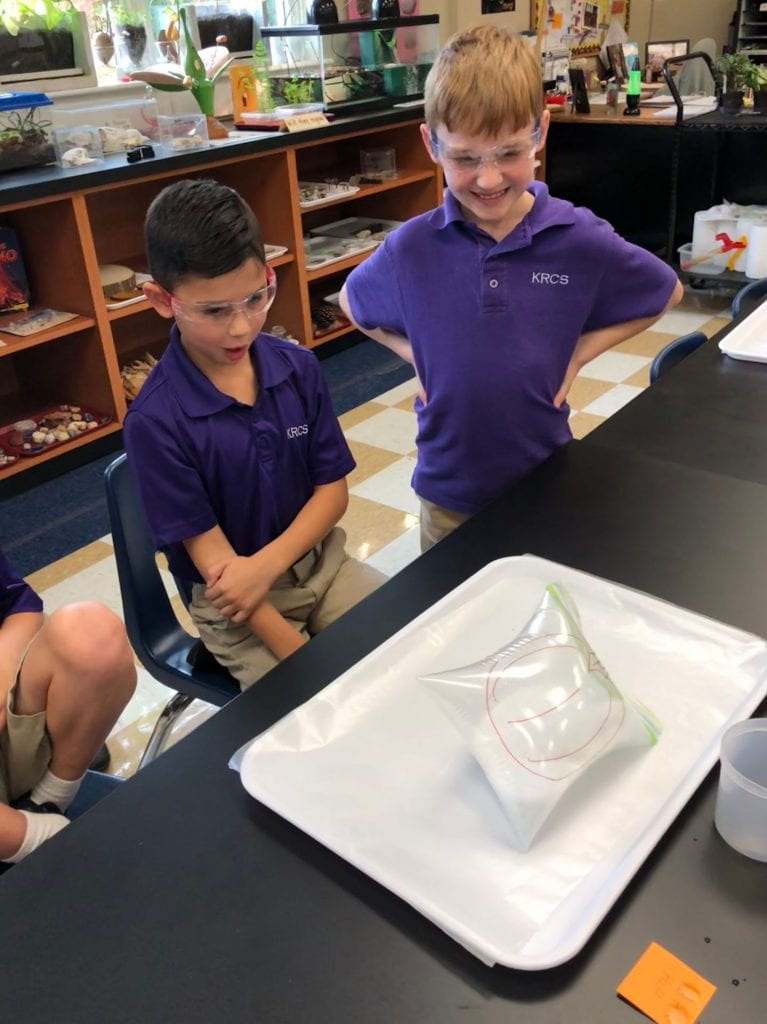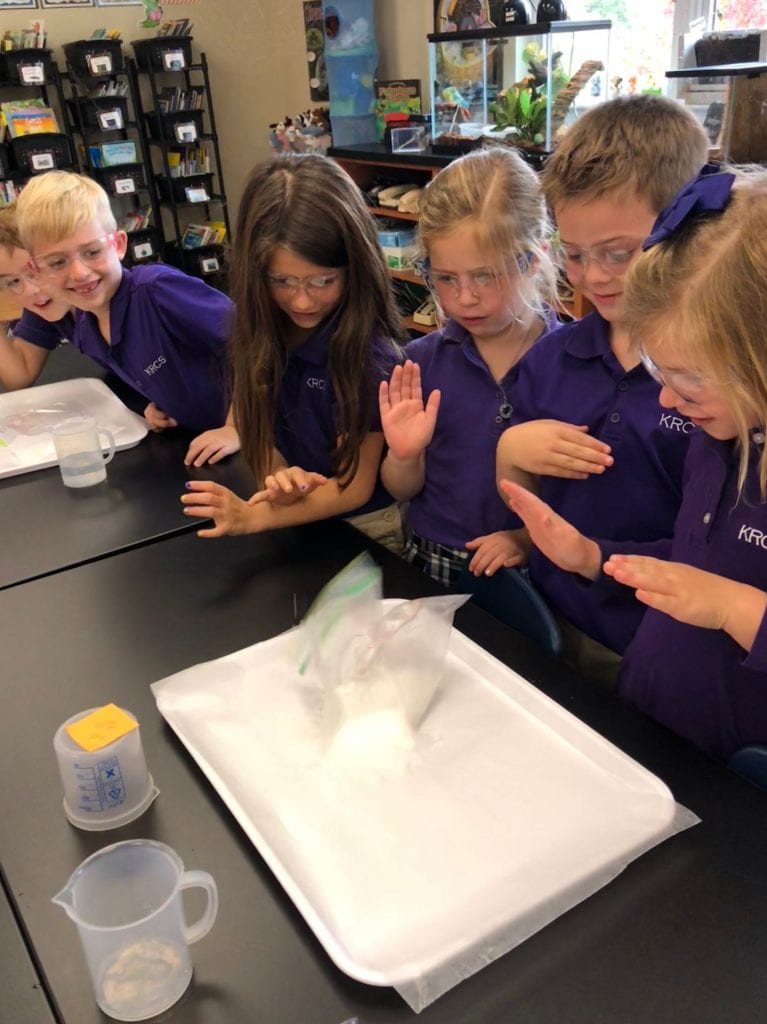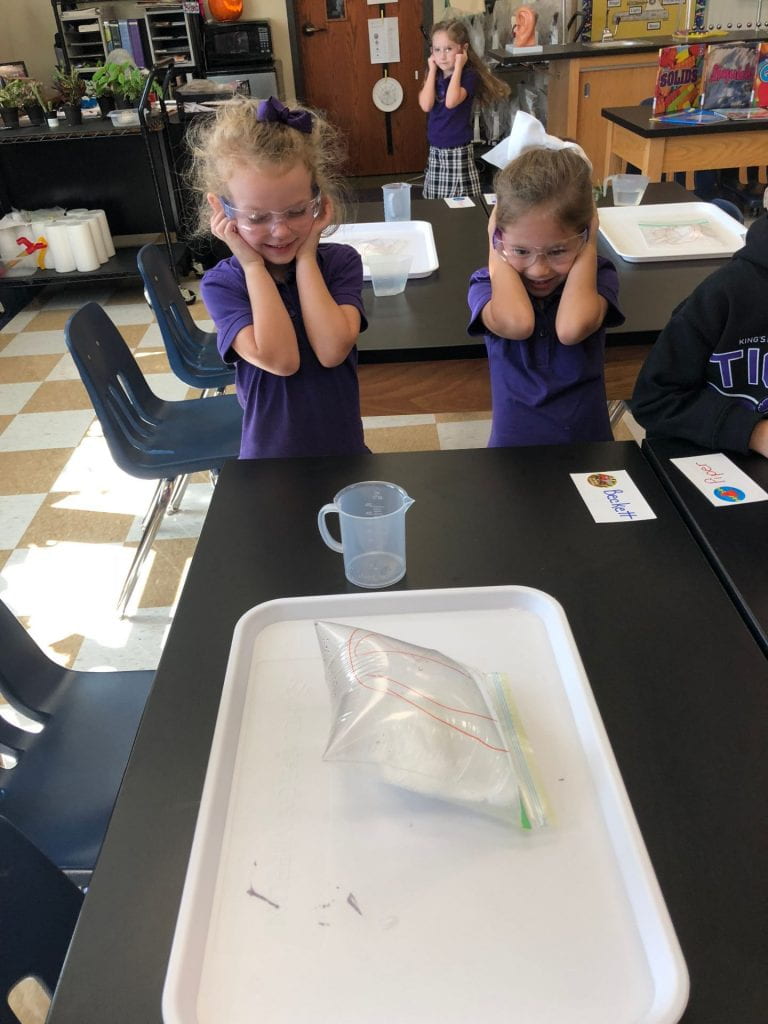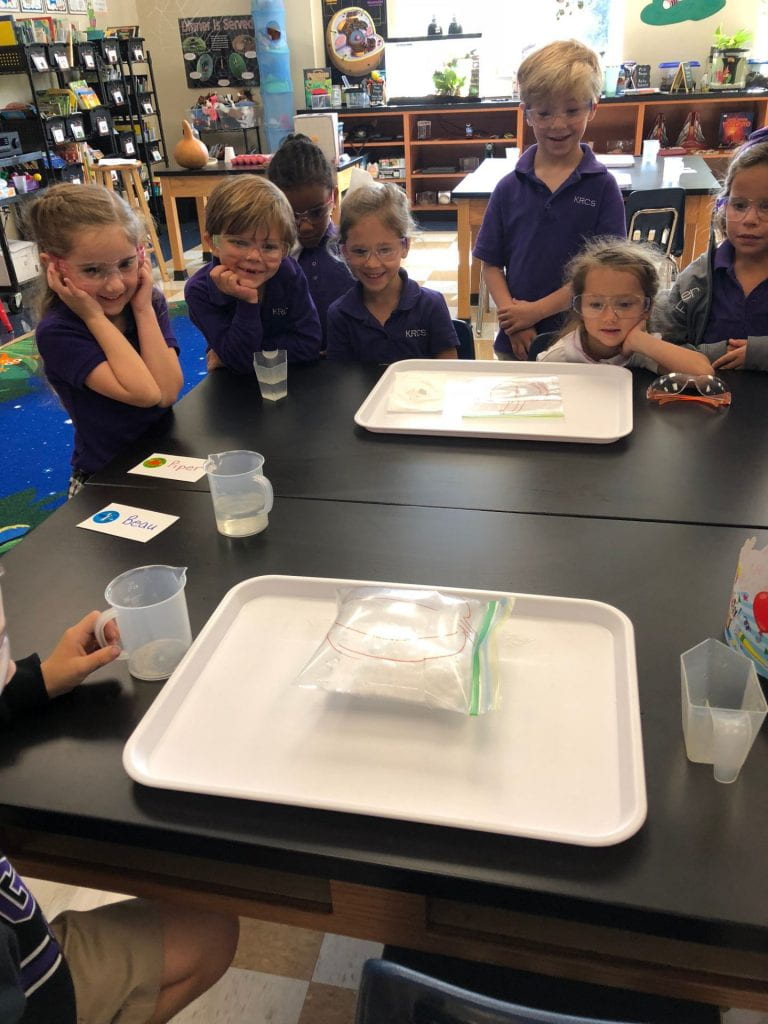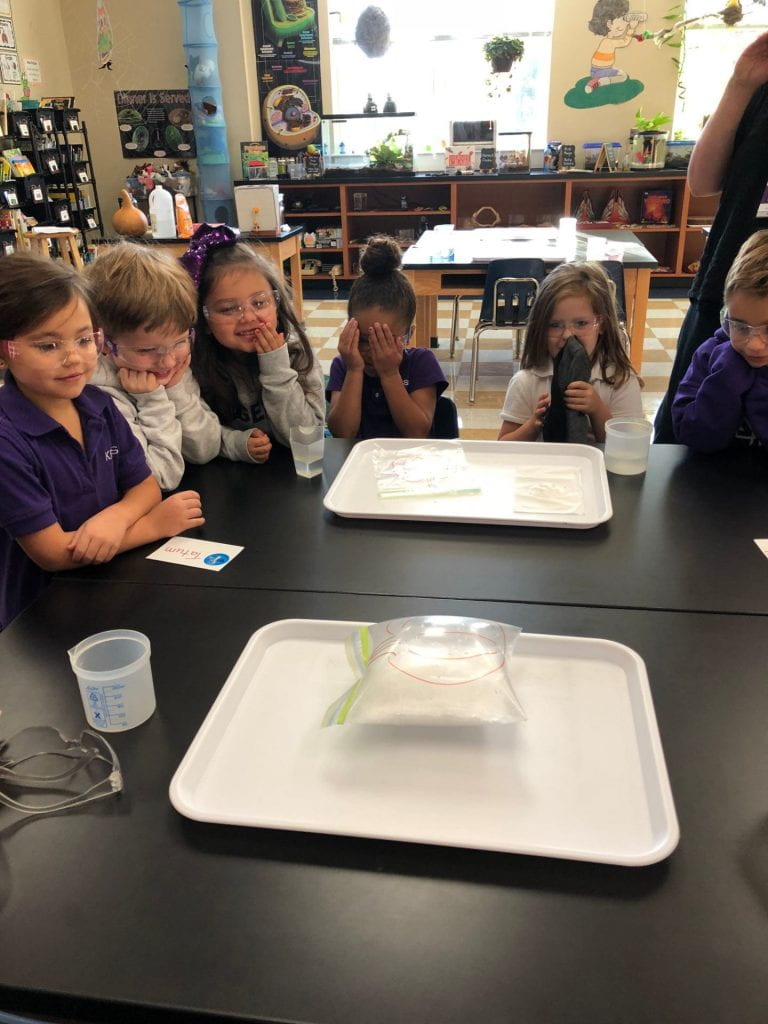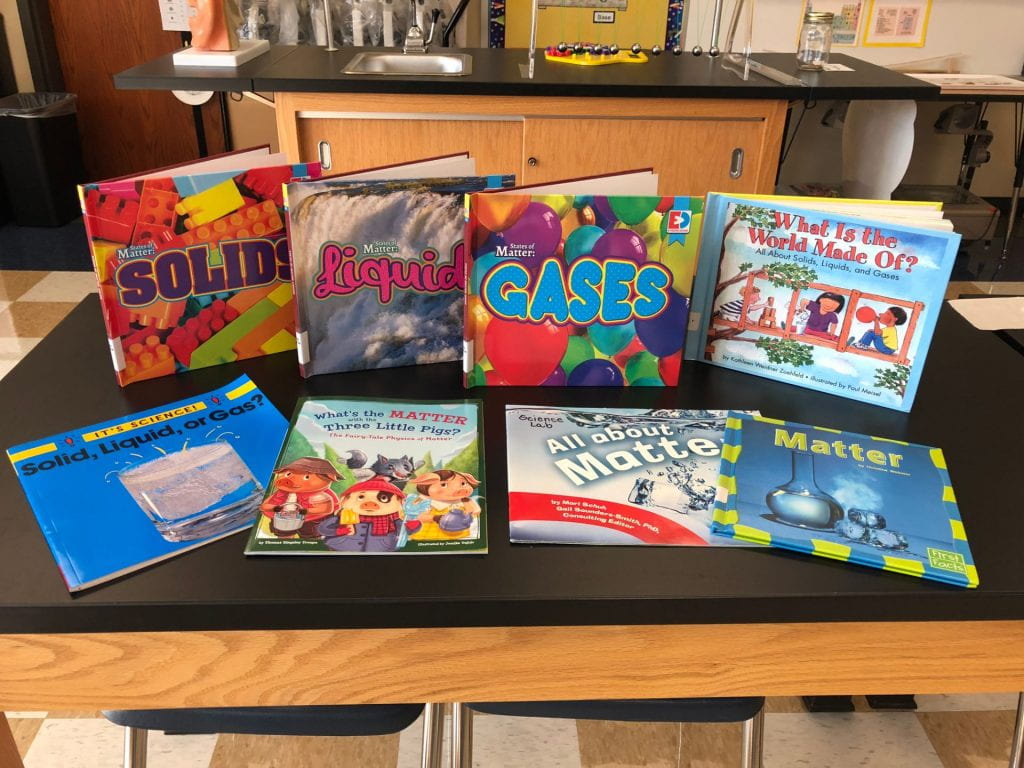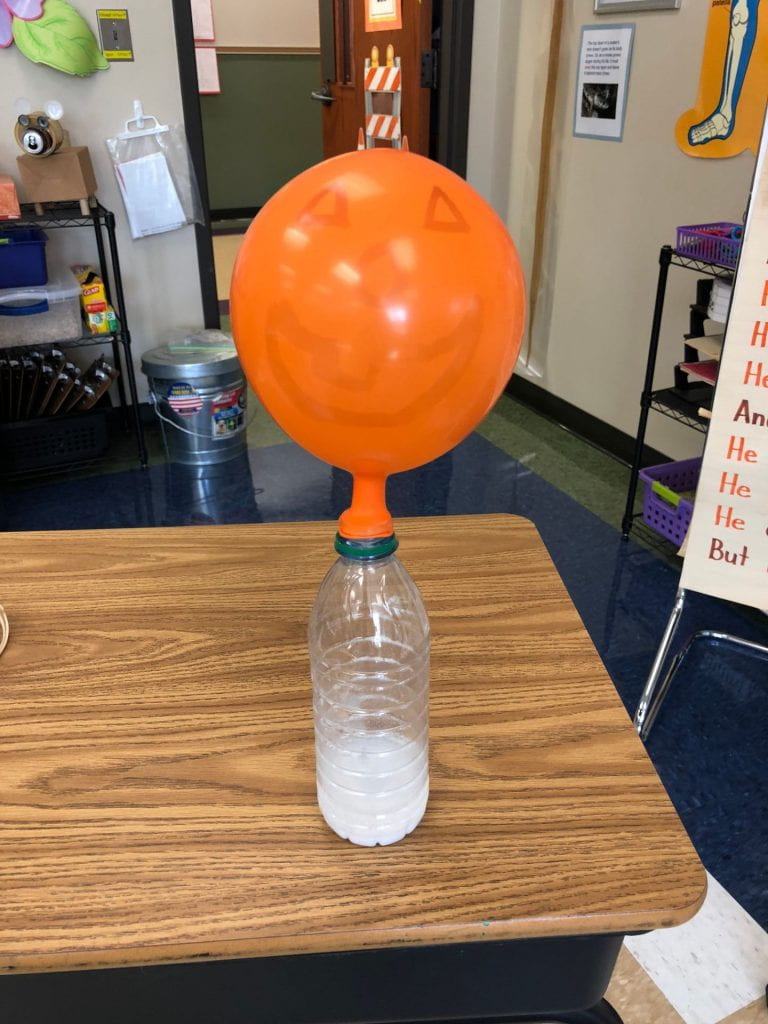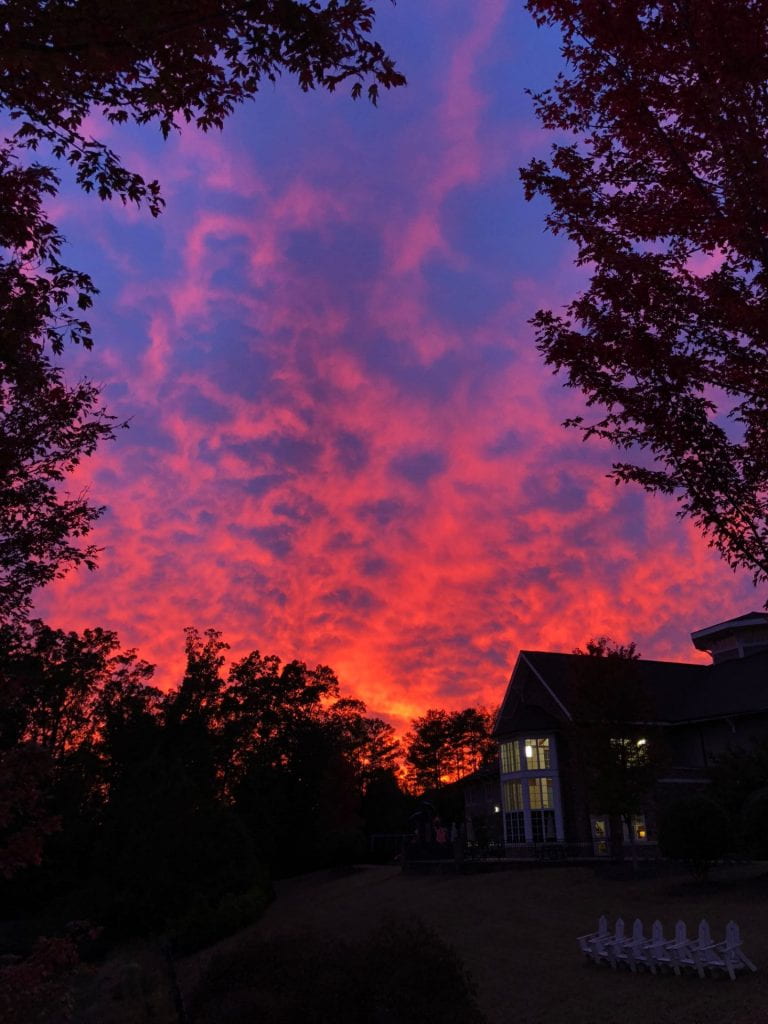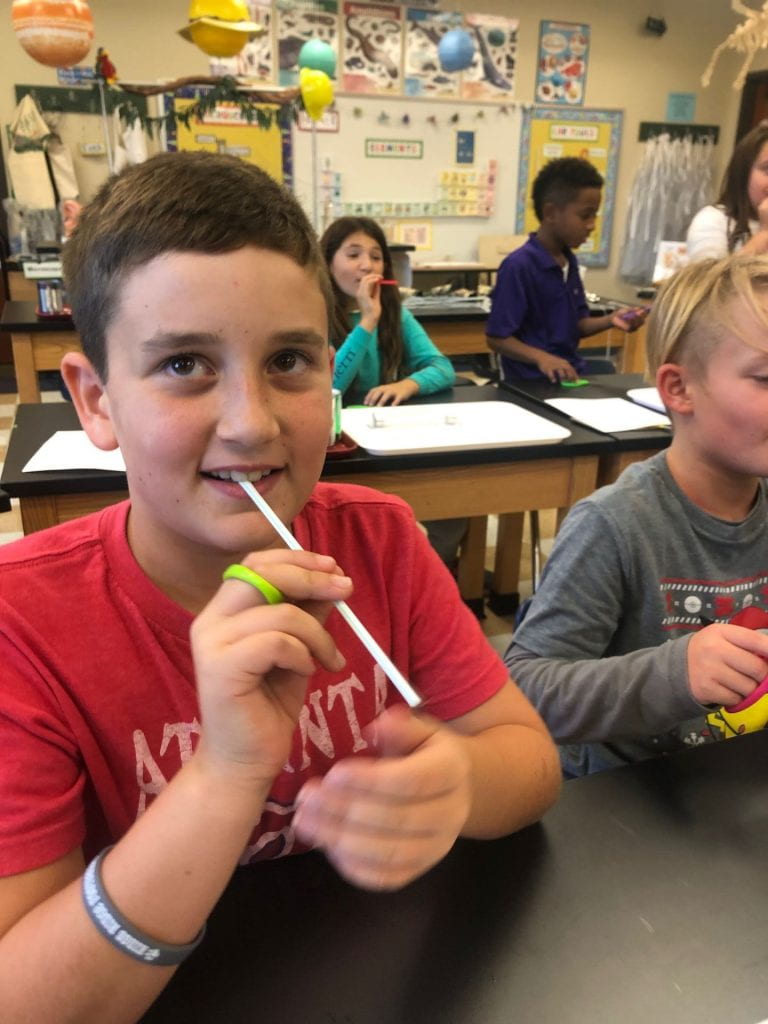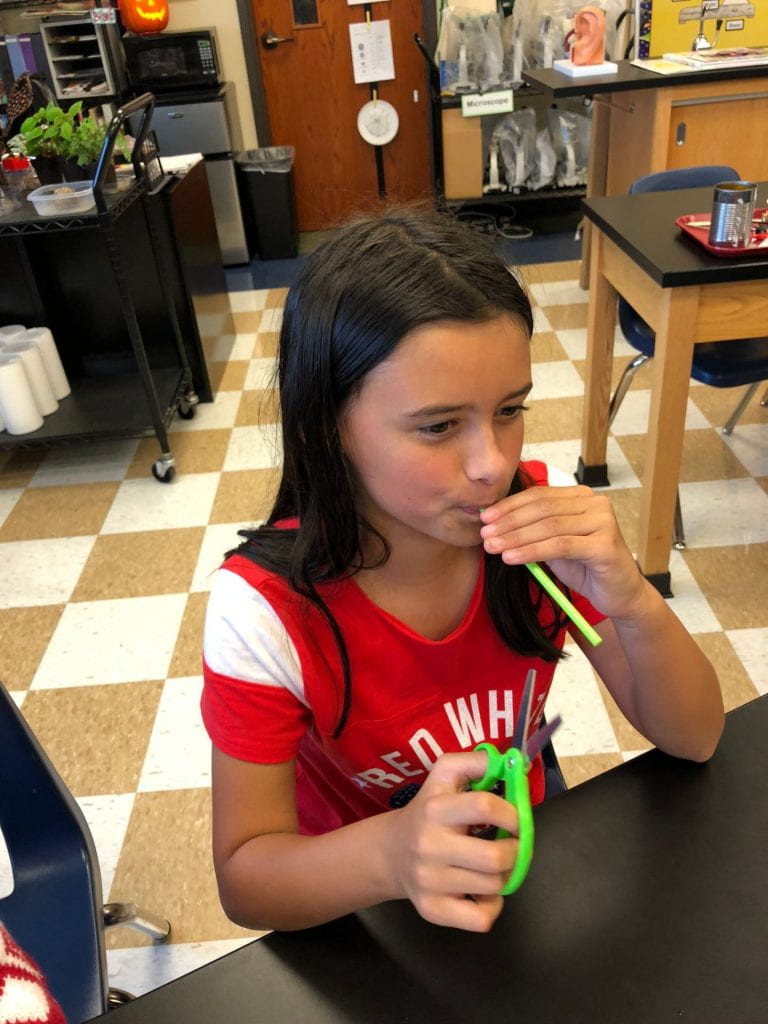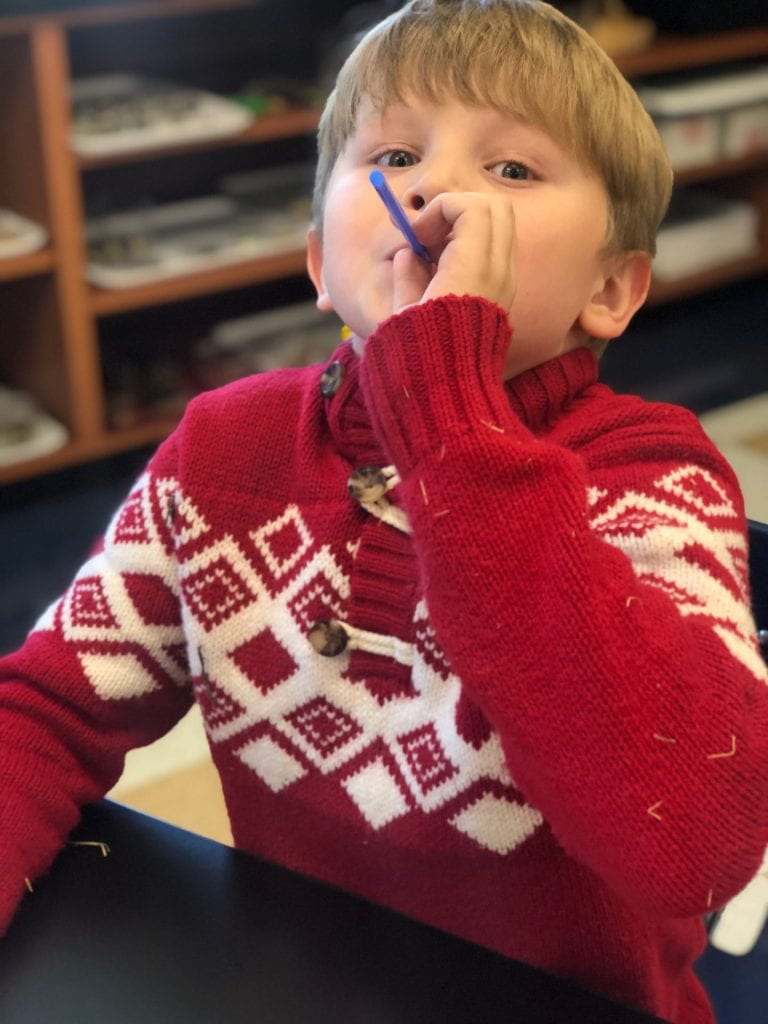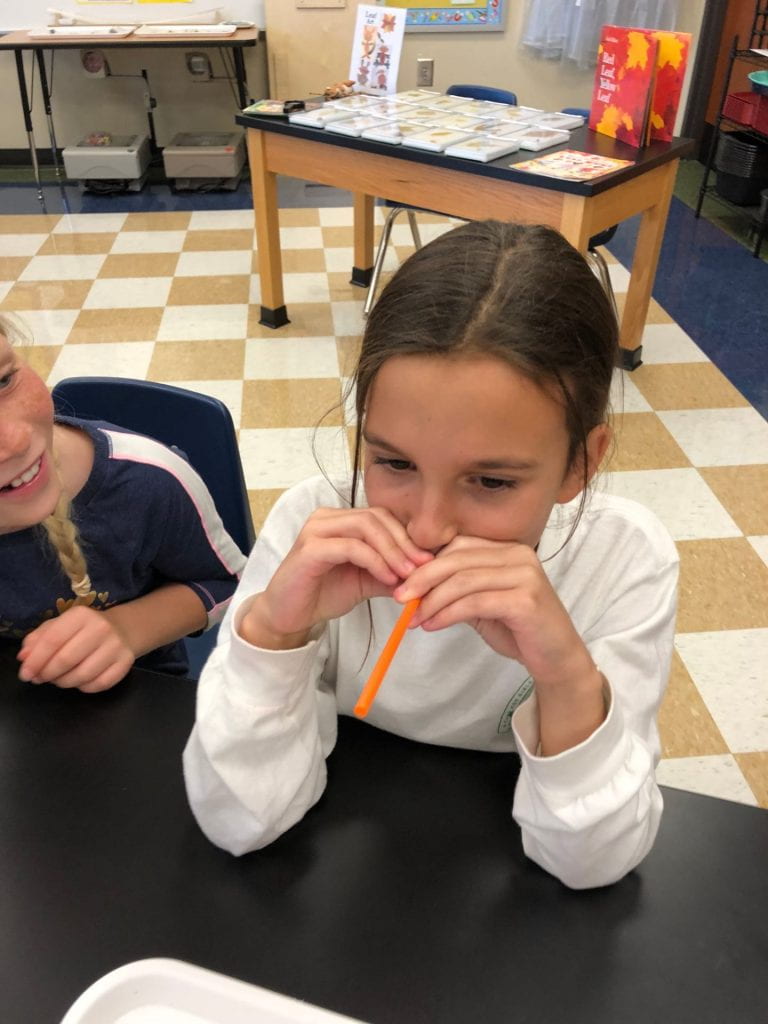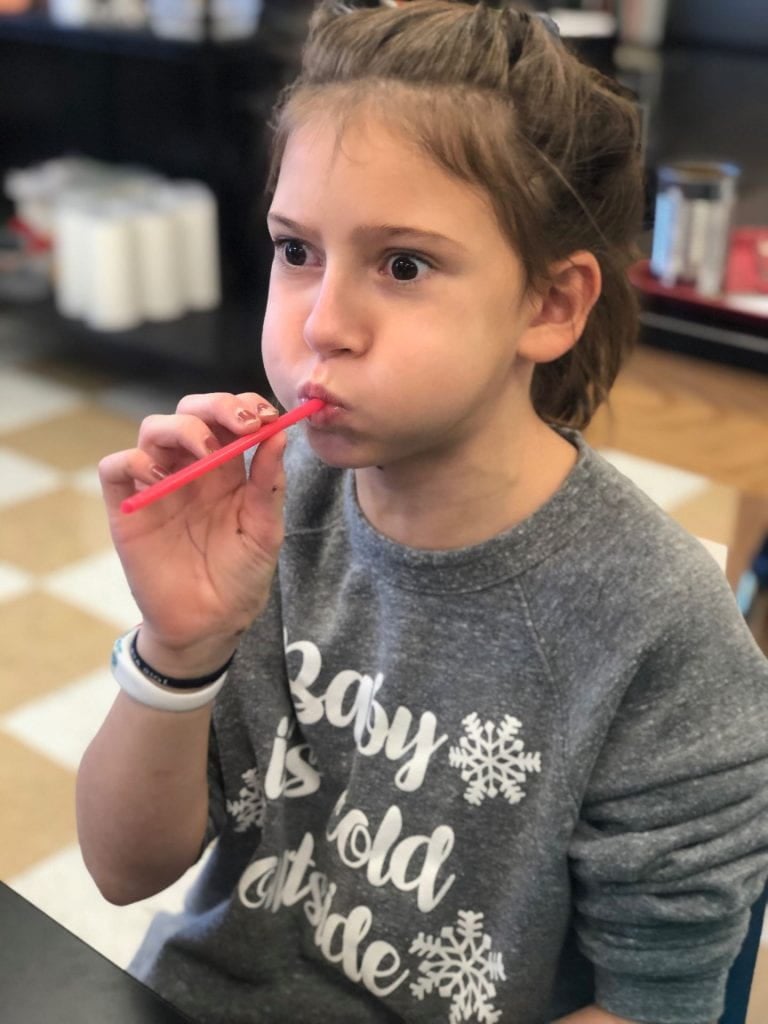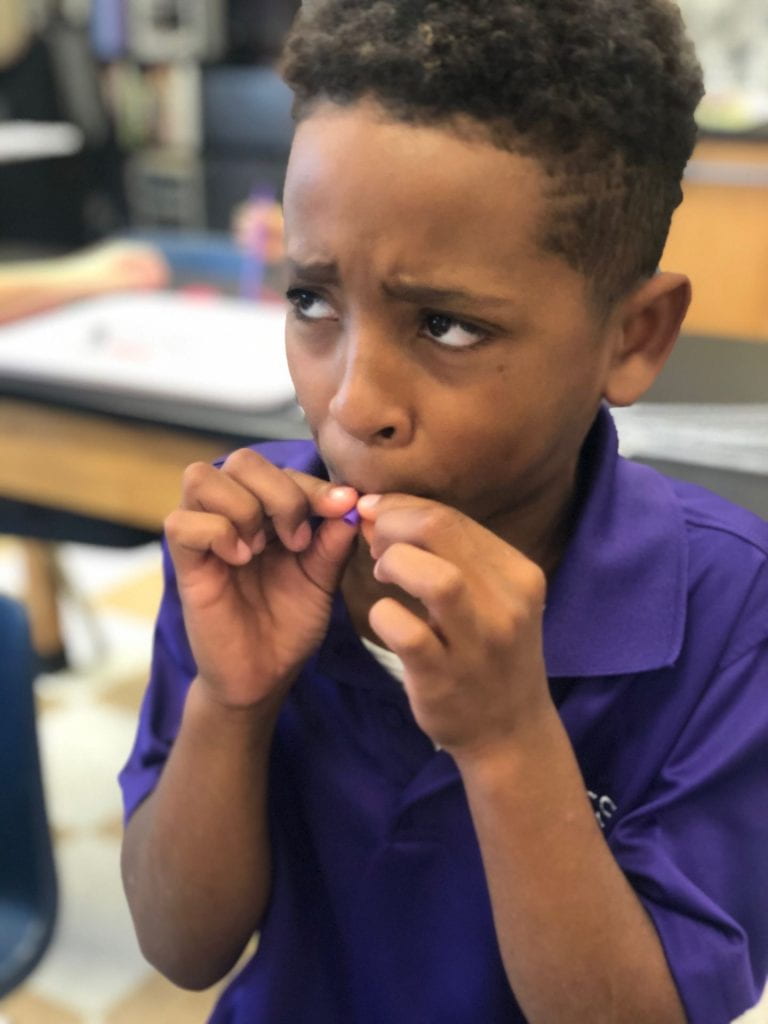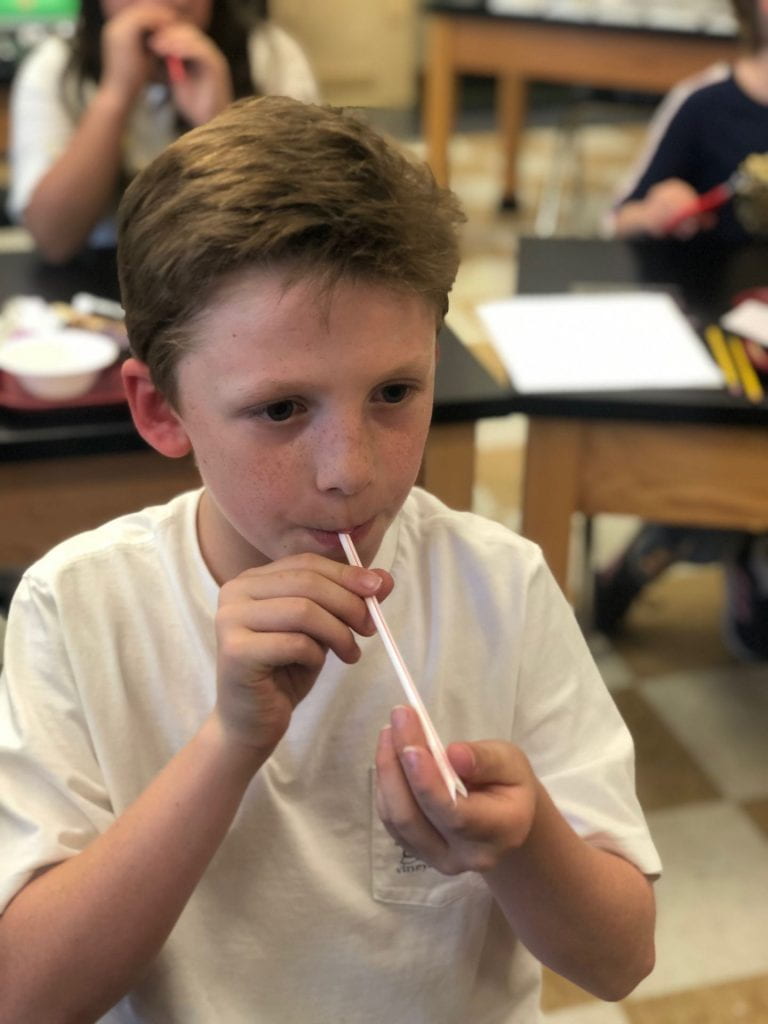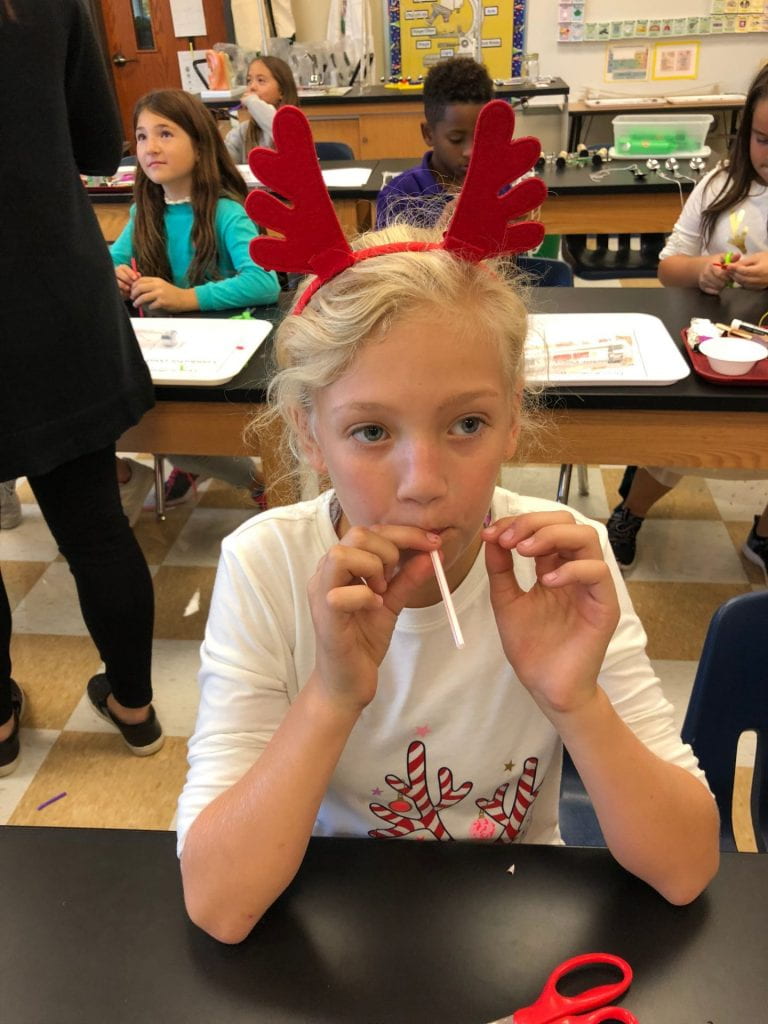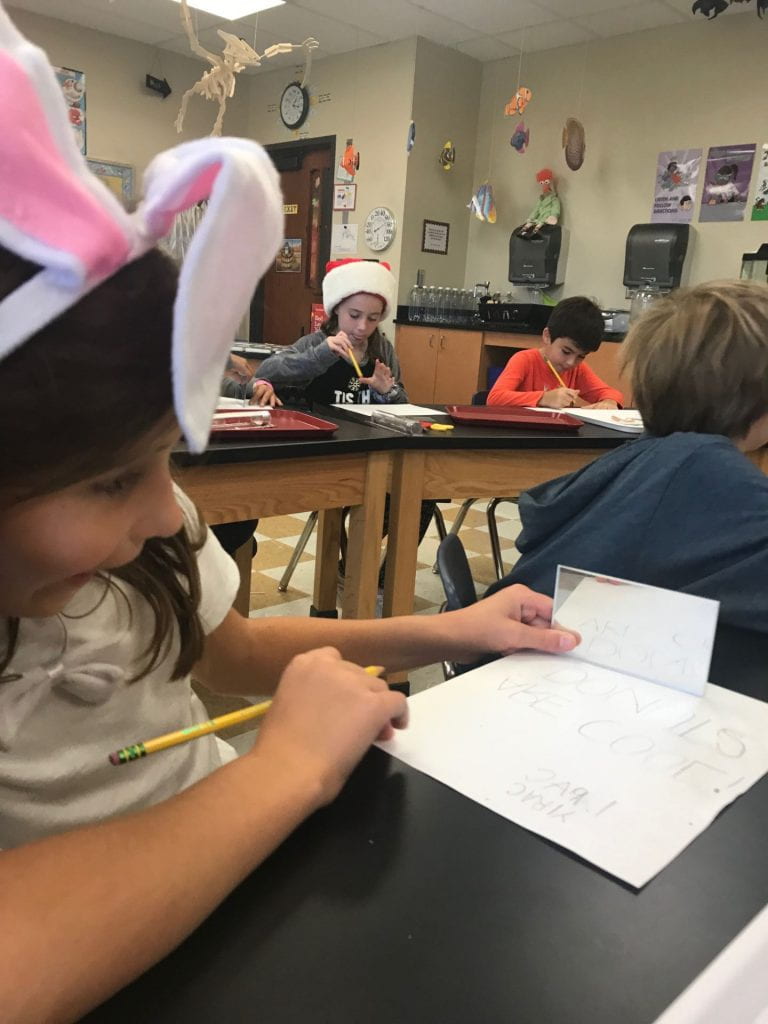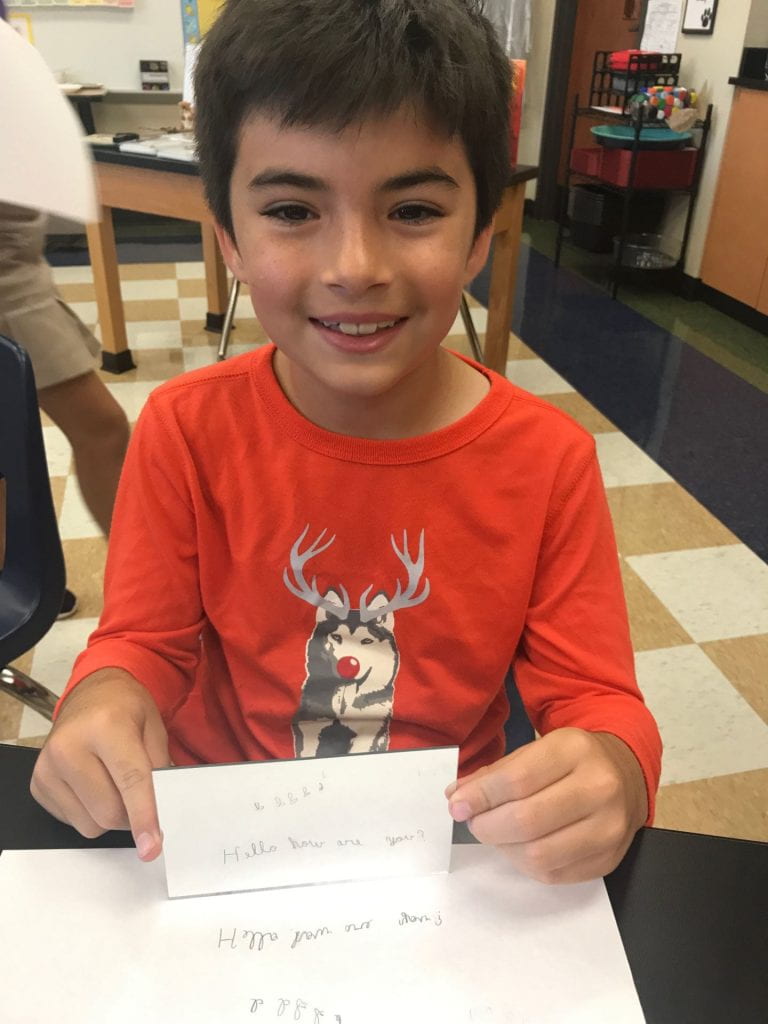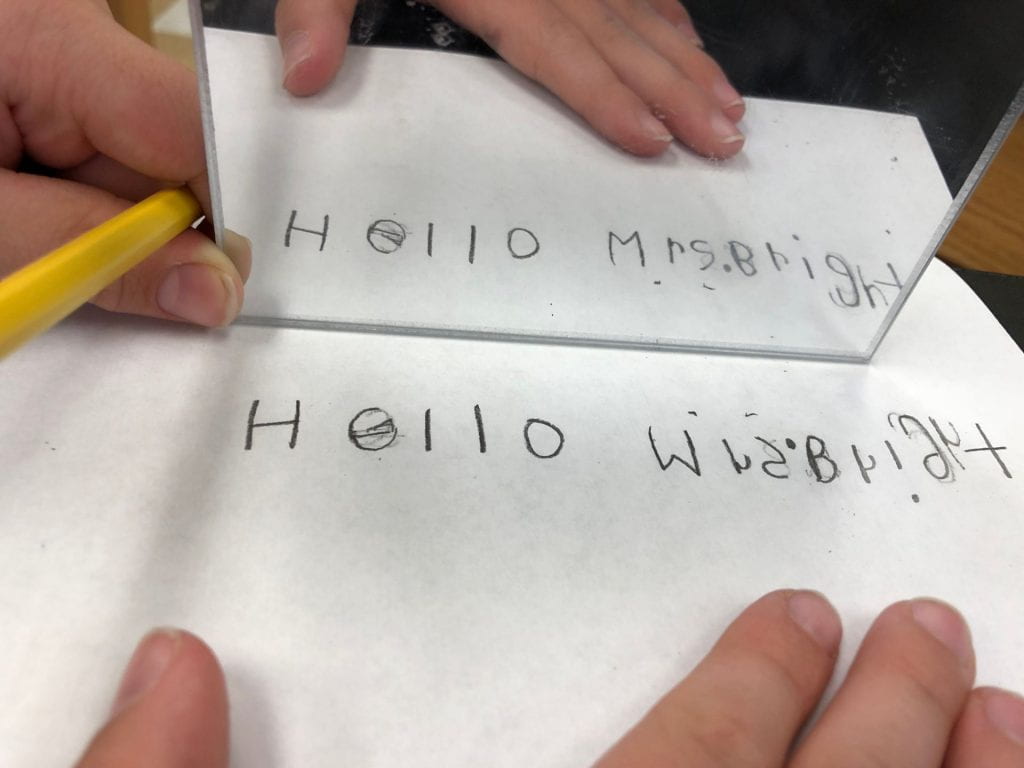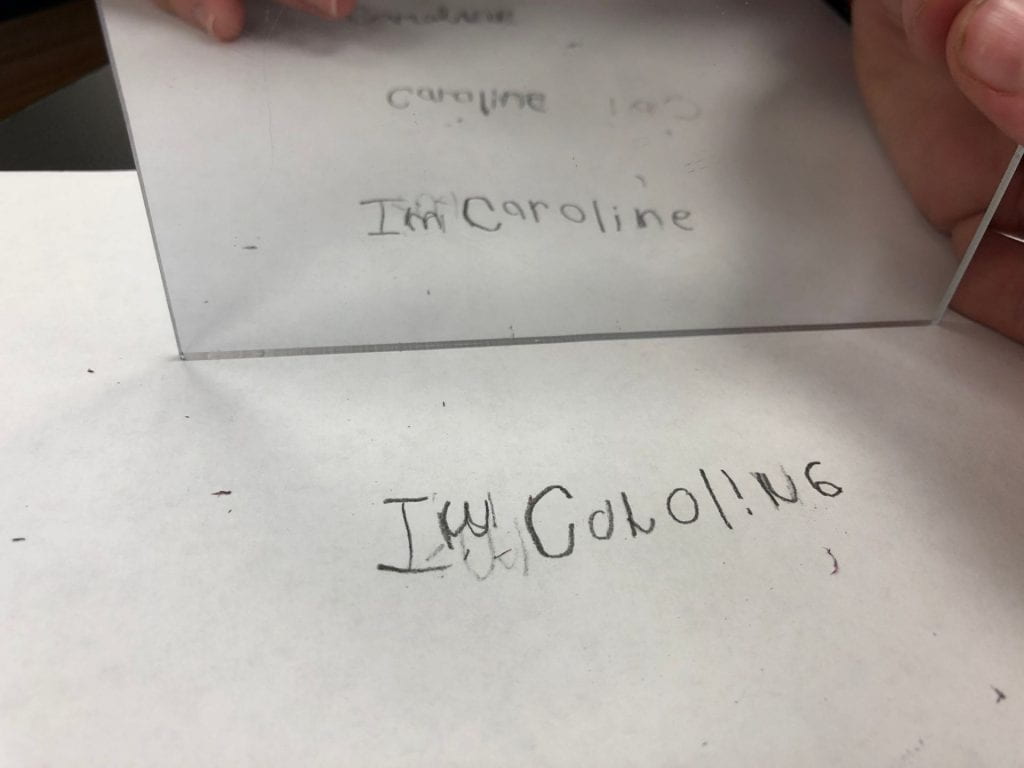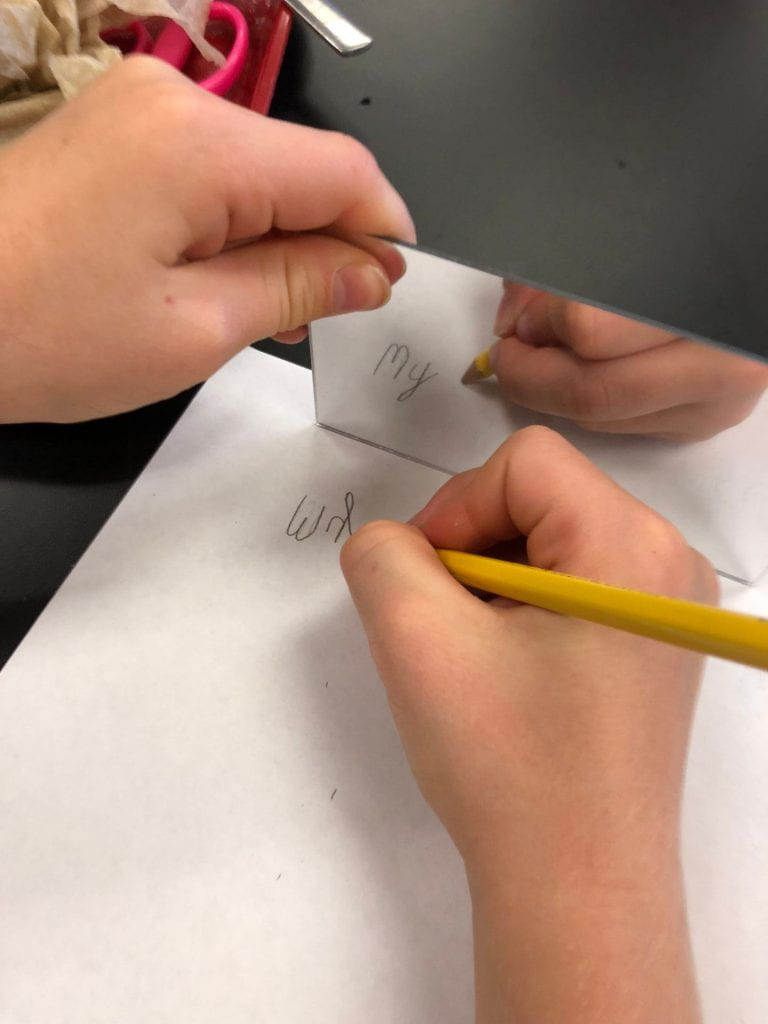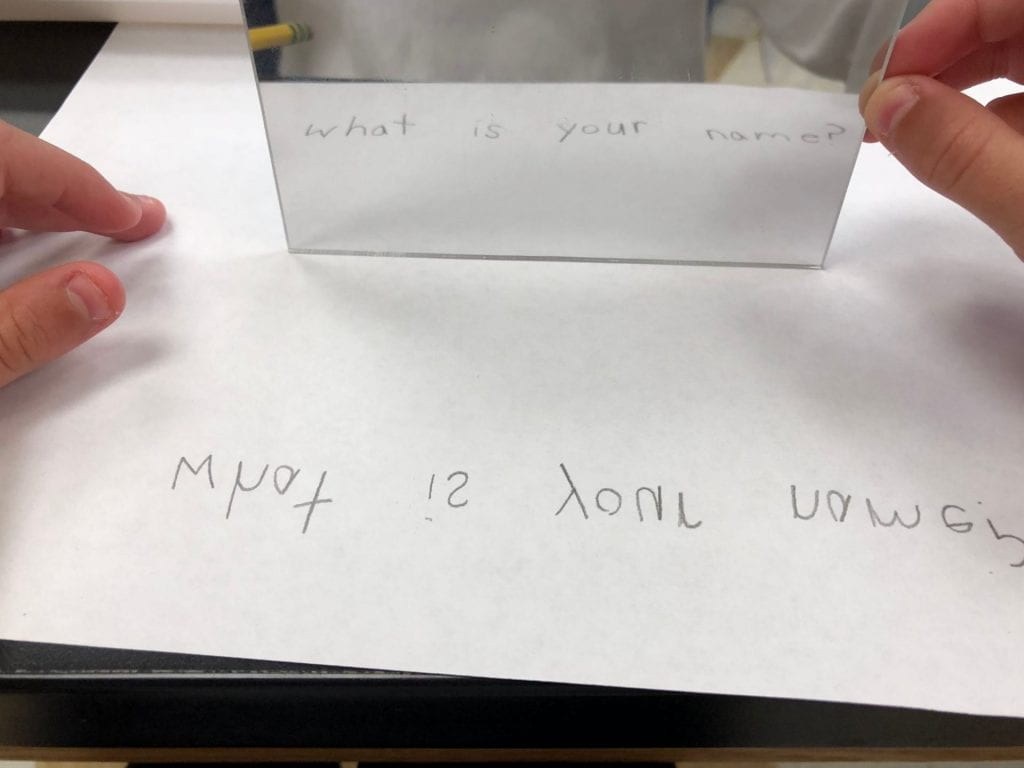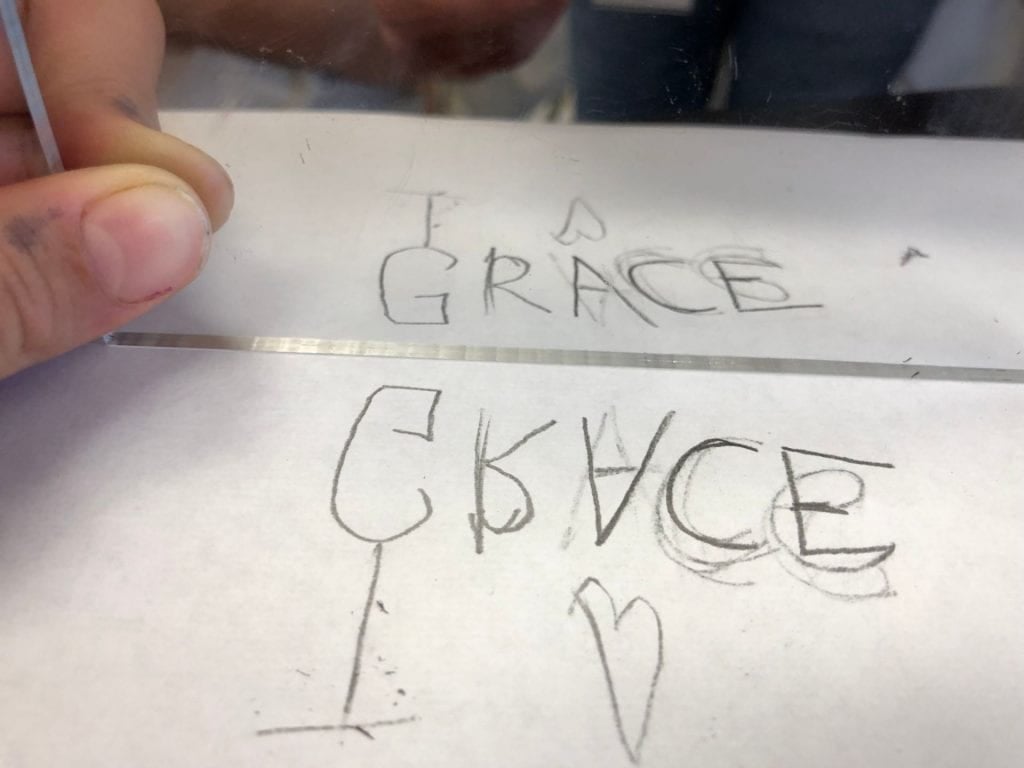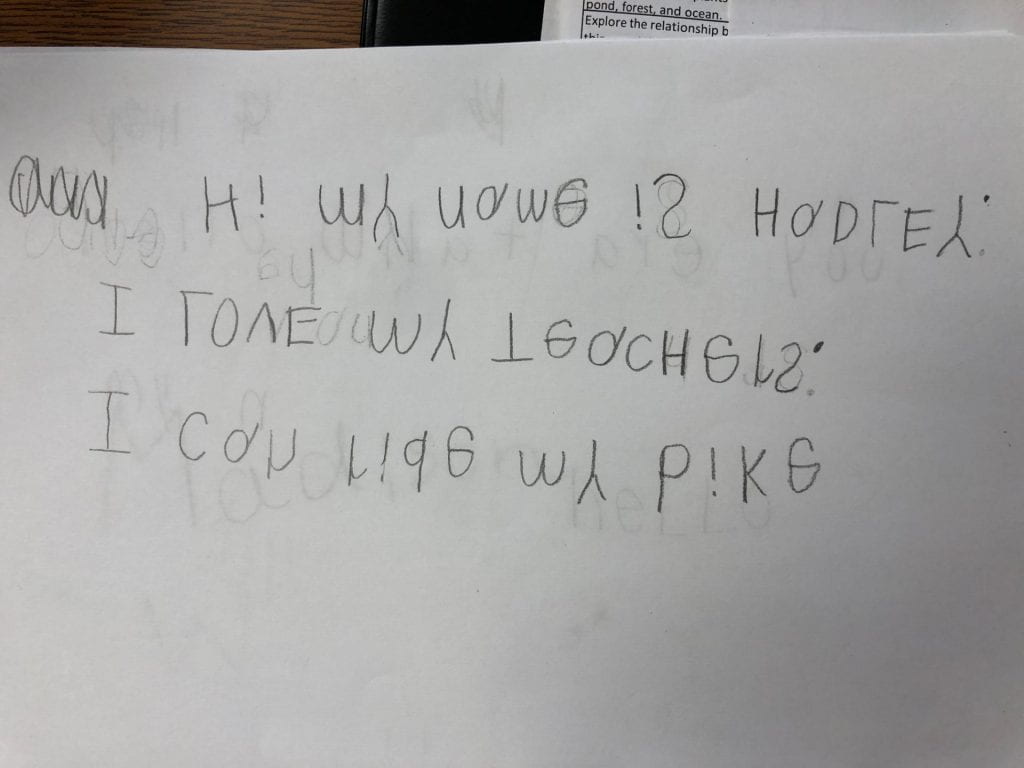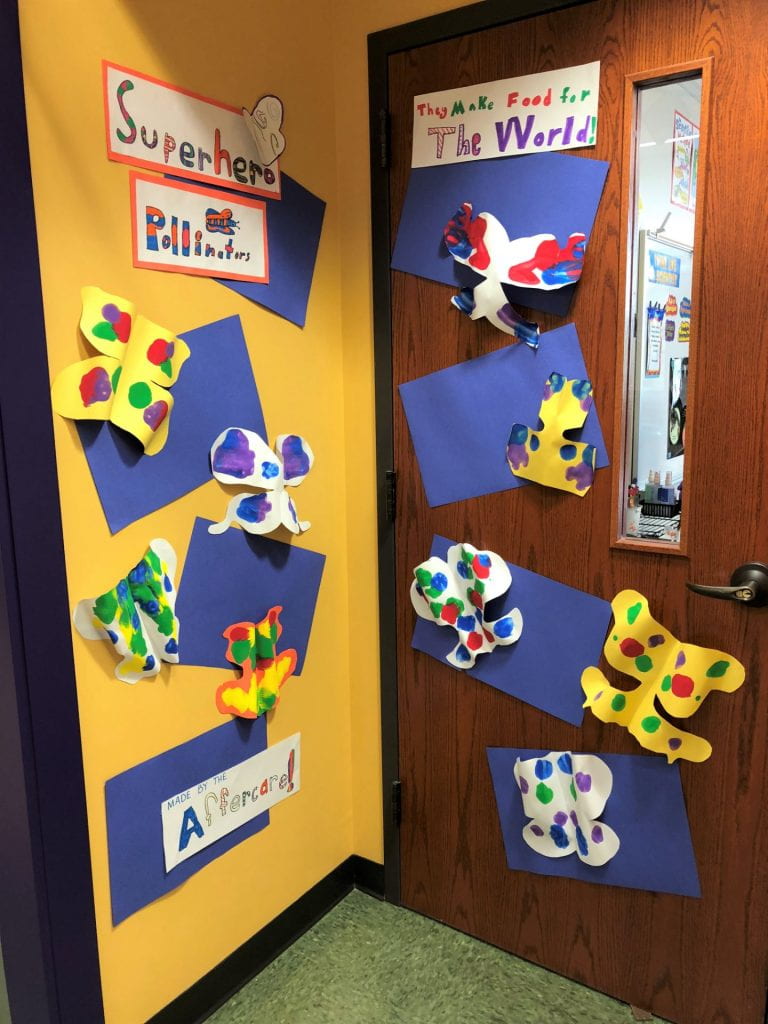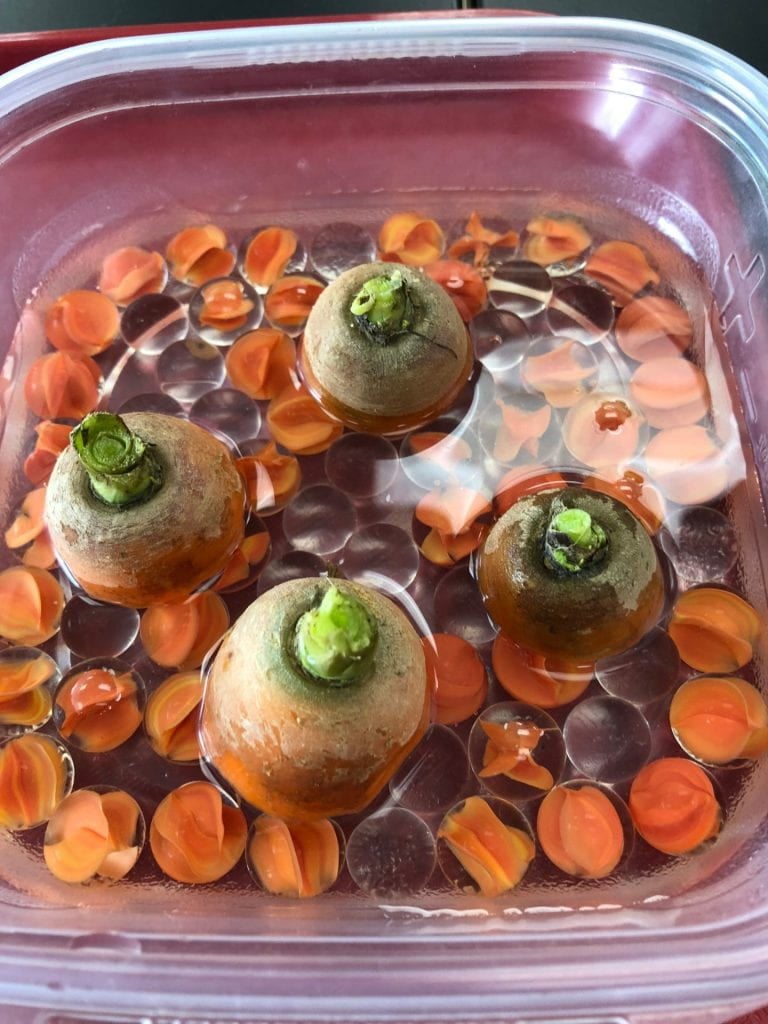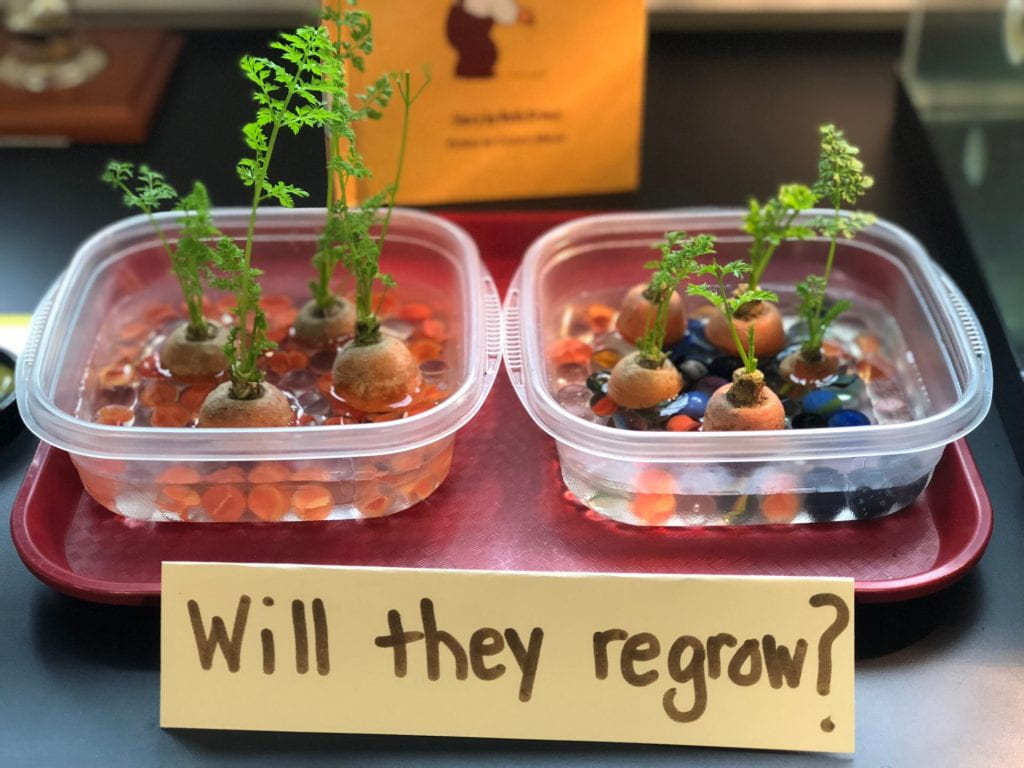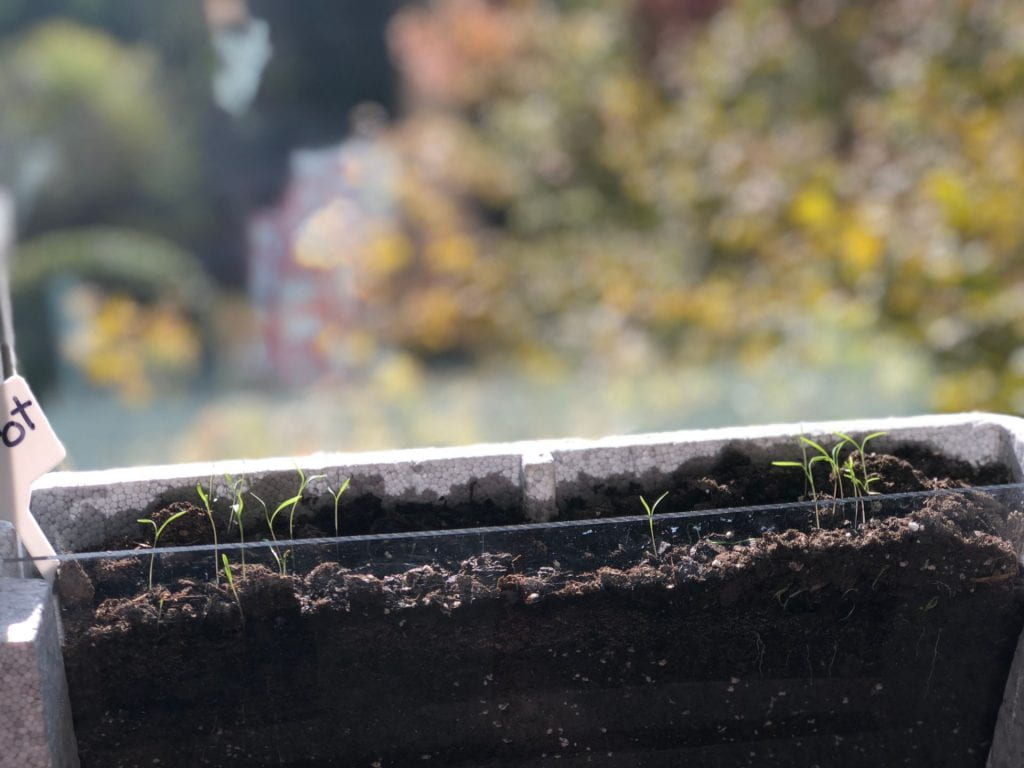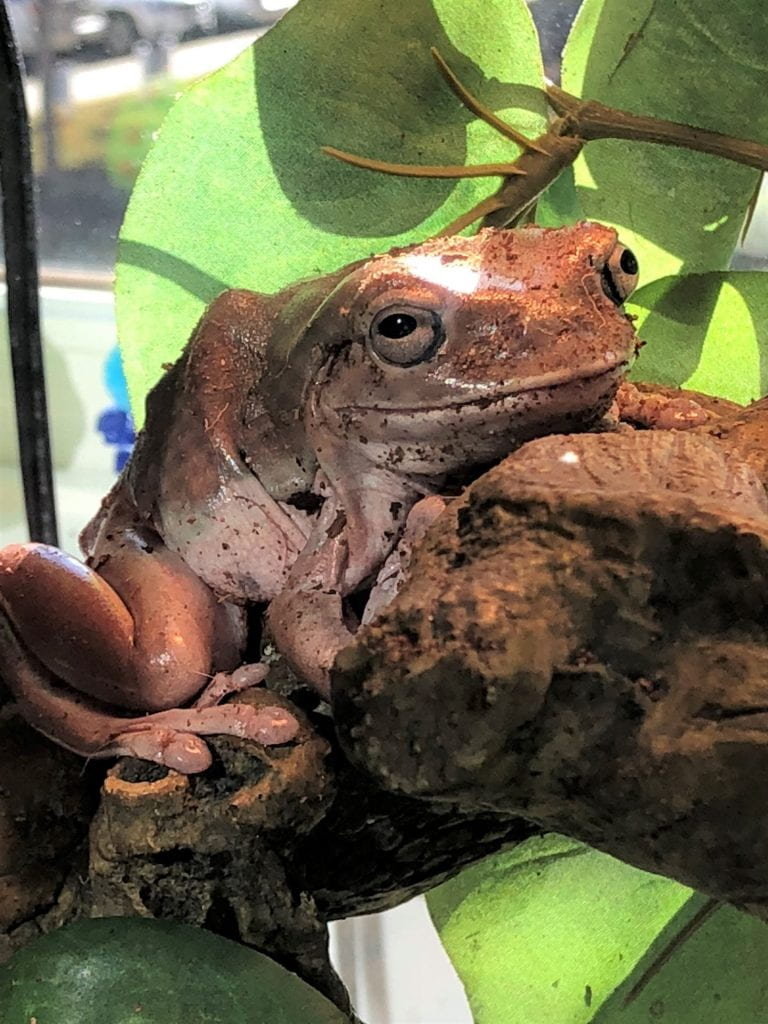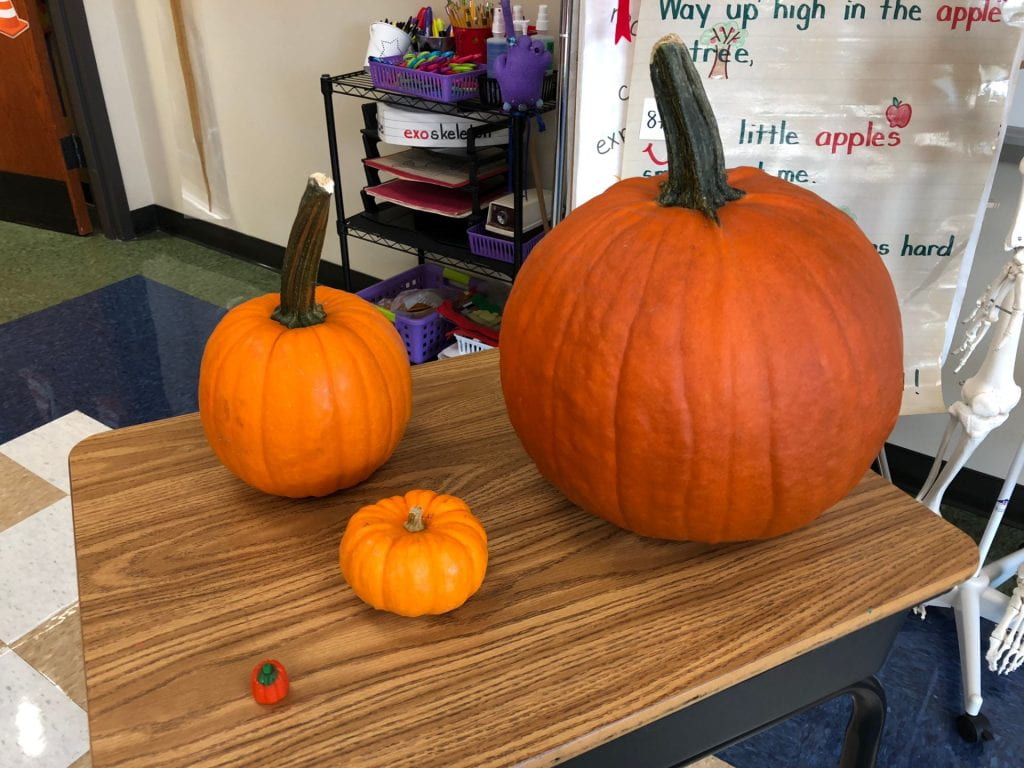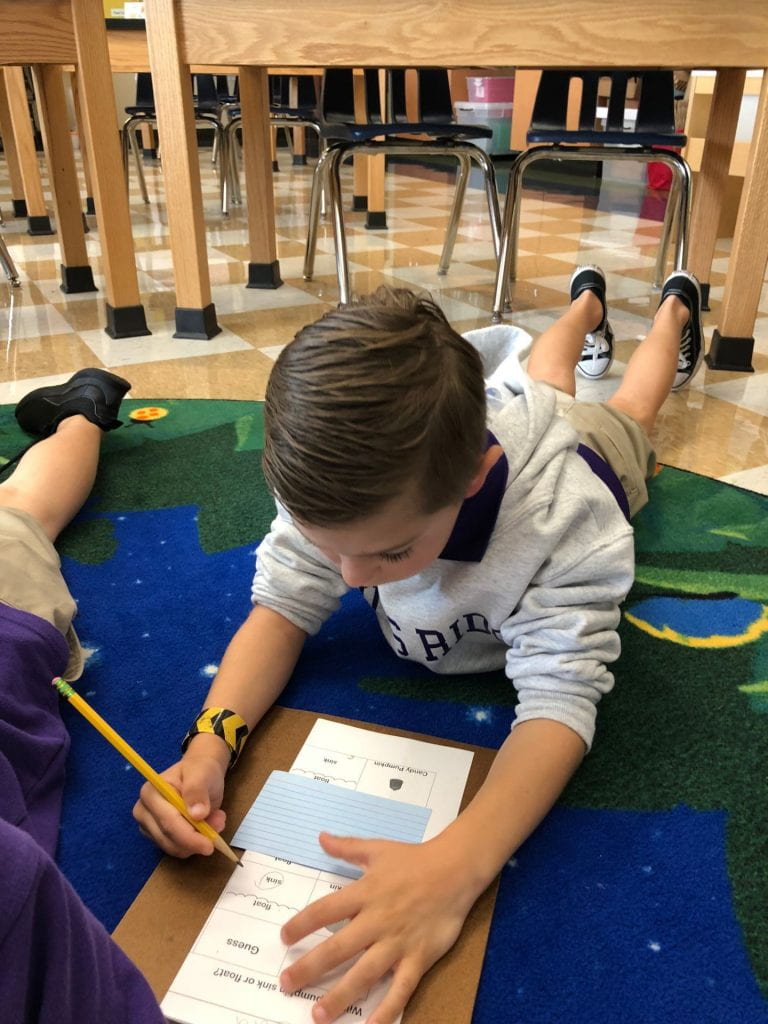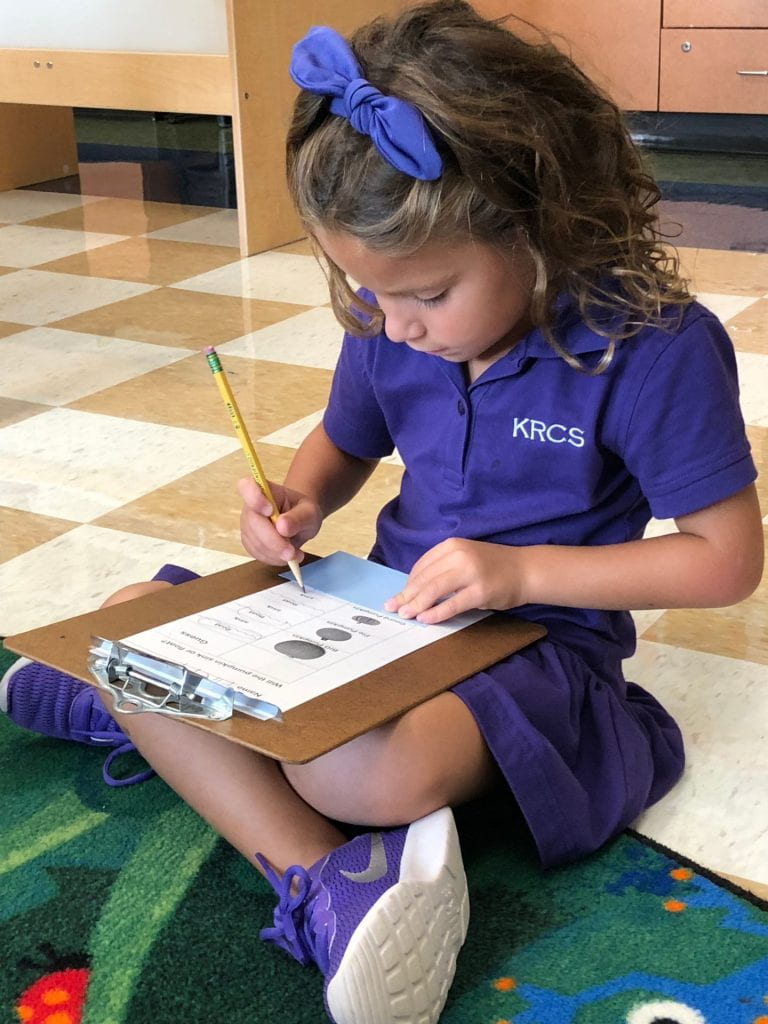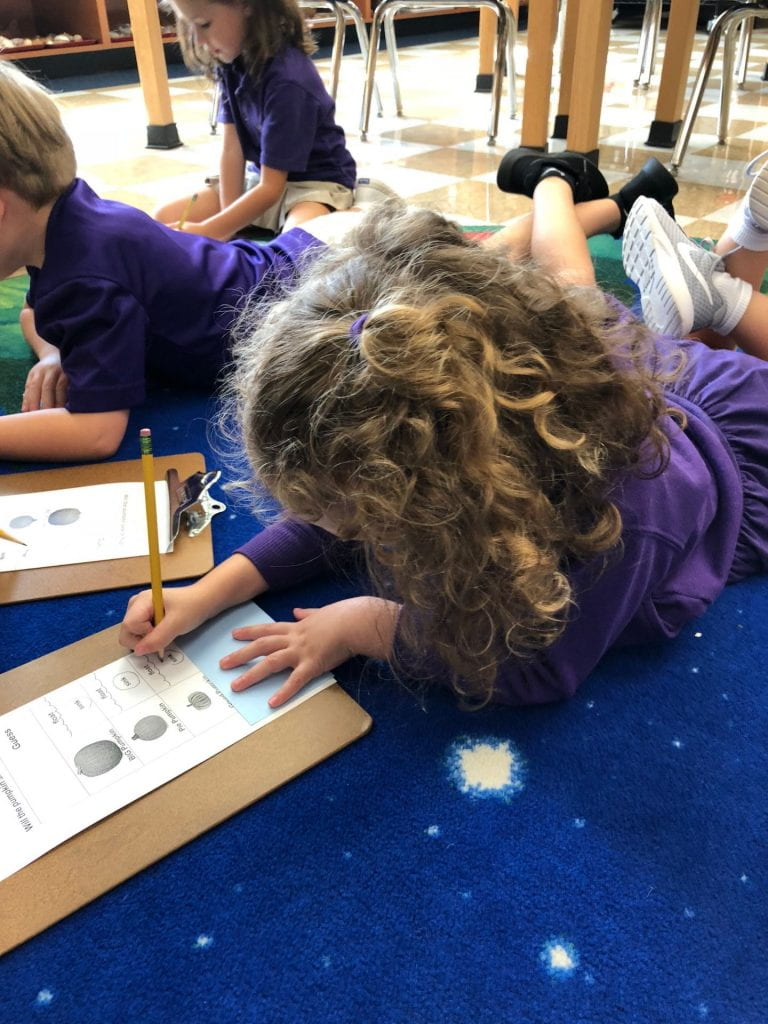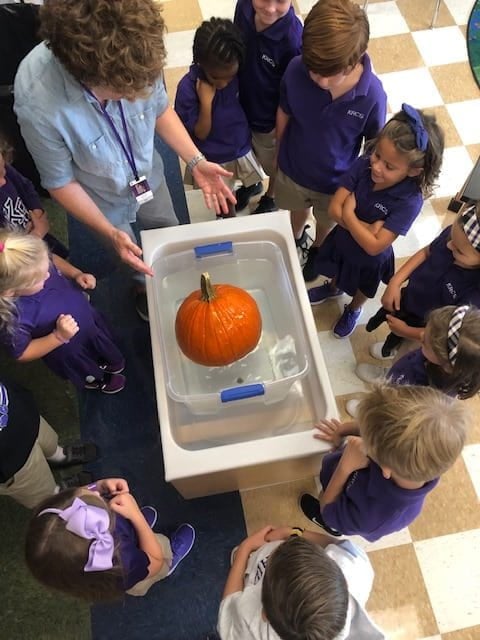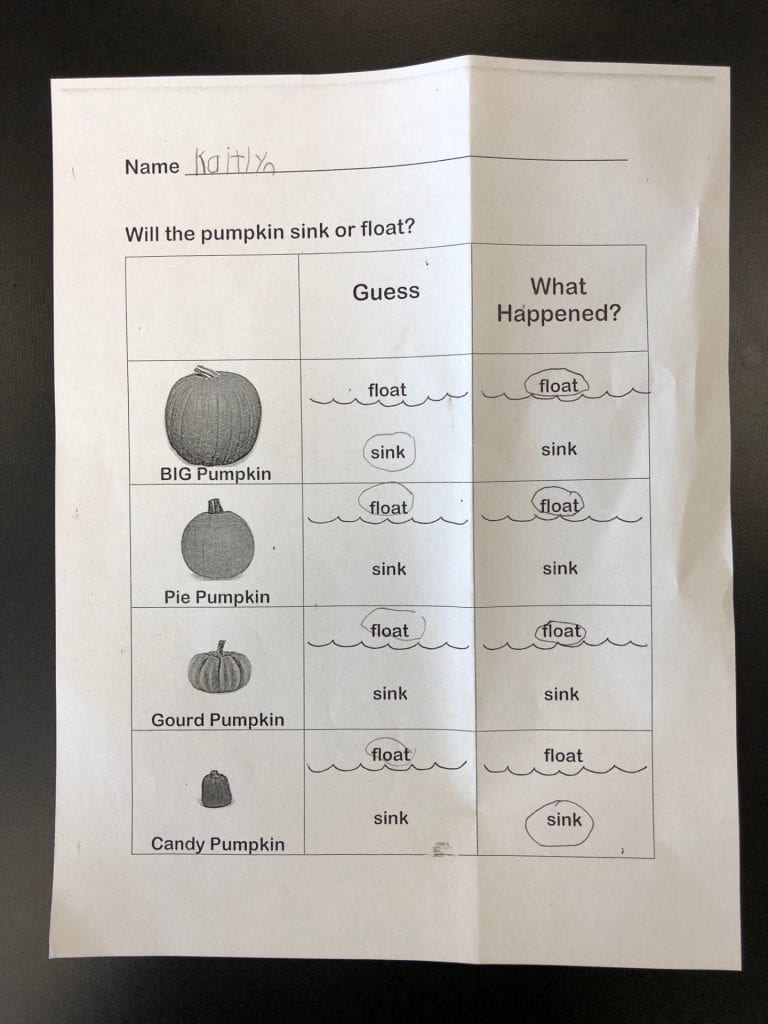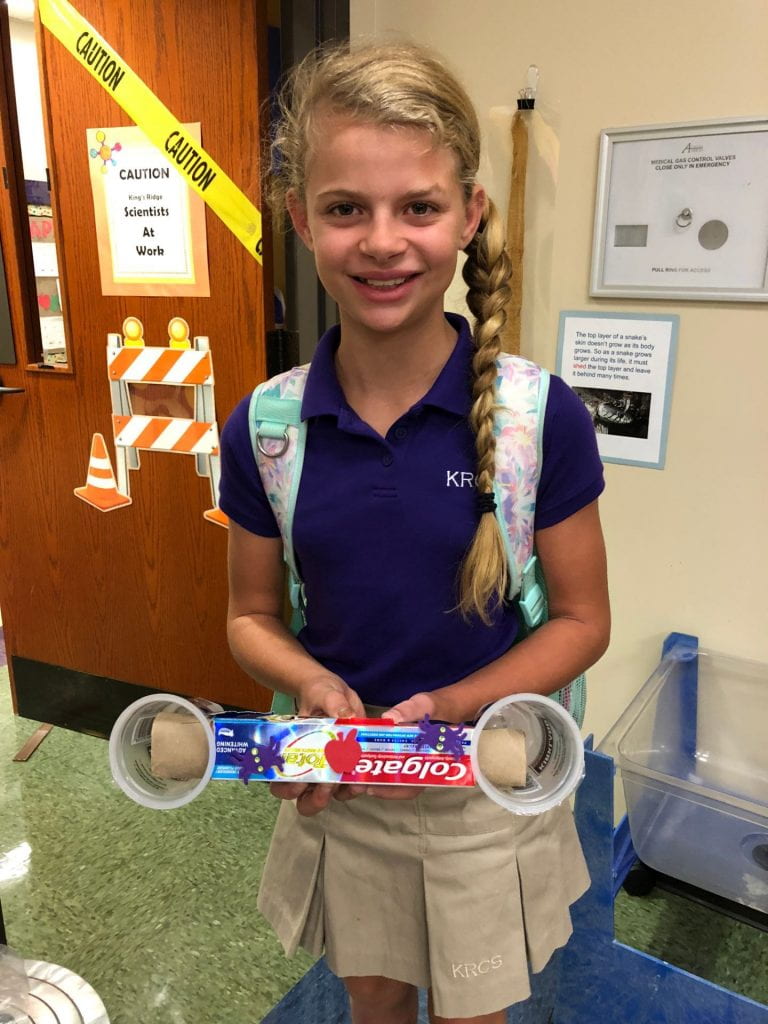Exploding Pumpkins
First grade and kindergarten chemists investigated matter. Lab partners at four tables poured two liquids (1/2 cup of water and 1/2 cup of vinegar) into a quart size Ziploc bag. Then I folded a tablespoon of solid baking soda inside a small piece of Kleenex, dropped the Kleenex into the bag of liquids, and quickly sealed the bag. Immediately, we watched the bag inflate as a chemical reaction occurred, and the bags filled up with carbon dioxide gas. There was so much force on the bags, some of them exploded! (In Mrs. Sacca’s class, all of them burst!)
In first grade, we changed a variable in four of the bags. We placed cold water in one bag, hot water in another, 1/4 cup of water inside one, and omitted water in the last bag. The bag with hot water exploded quickly because heat speeds up a reaction, and the bag without water seemed to explode with greater force. That surprised us! Repeat this experiment at home and change some more variables.
Click here and here to watch fun videos about matter.
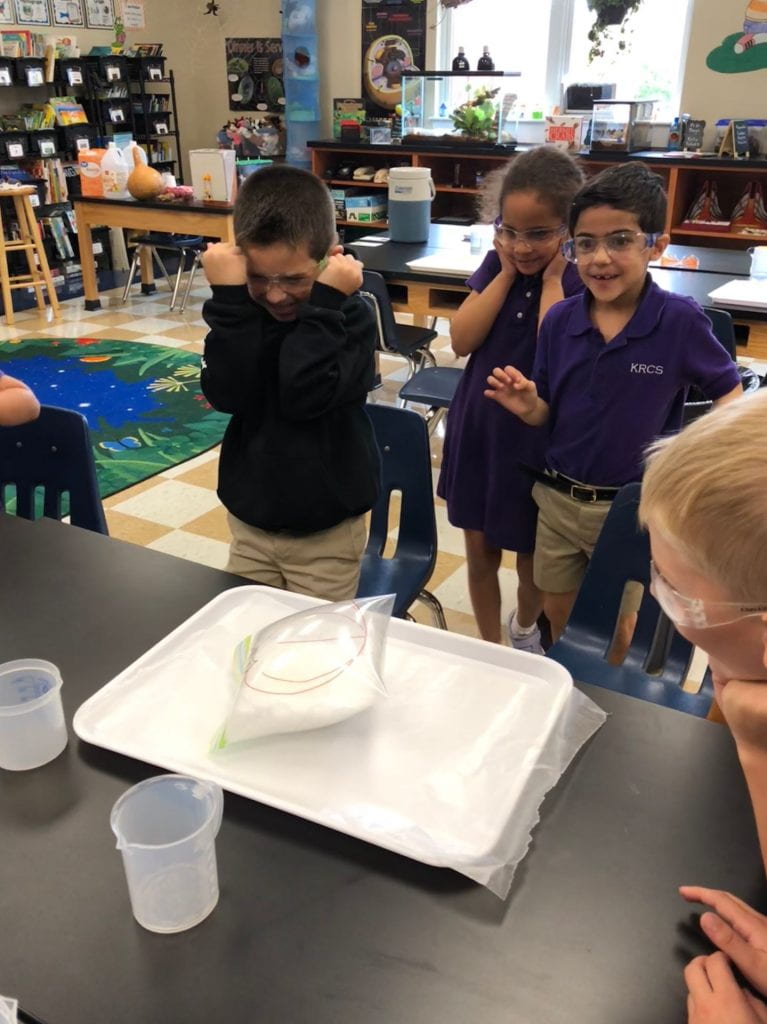
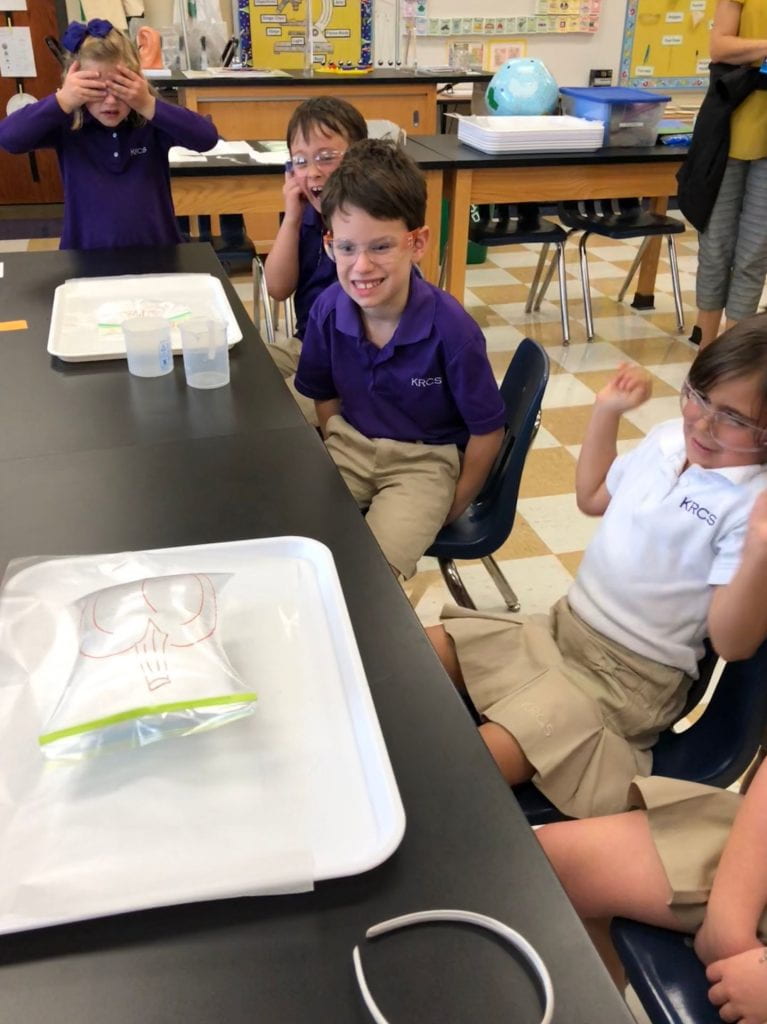
Then we tried the experiment a different way. I poured 3 T of vinegar into a bottle and 3 T of baking soda inside a balloon. I turned the balloon upside down and the baking soda fell into the bottle. What blew up the balloon? Click here to learn more. Try this at home! Send me a picture.
